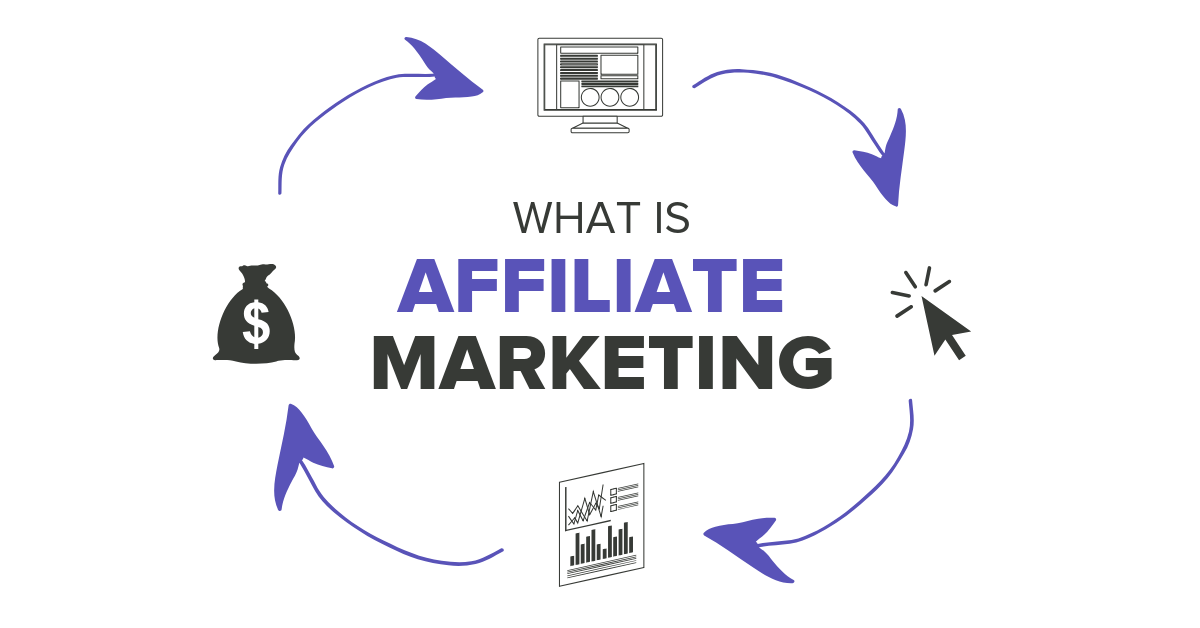
In the ever-changing B2B marketing landscape, new buzzwords and trends are constantly emerging. In order to remain ahead of the curve, it’s critical to ensure you take these trends in stride and leverage them for your business where appropriate.
As strategic partnerships become increasingly essential to any successful SaaS business, affiliate marketing is an up-and-coming strategy you’ll want to pay attention to. Affiliate marketing is an important sub-tier of strategic partnerships and is a great first step for any company looking to kickstart their partner program.
Similar to other types of strategic partnerships, affiliate marketing is a relationship between two parties, designed to provide mutual benefit. However, not to be confused with partner marketing, co-selling or re-selling, affiliate marketing is a low-commitment relationship that requires little collaboration in comparison to its counterparts.
In this relationship, the affiliate is compensated by the beneficiary company on a performance-based structure through both monetary and non-monetary incentives. Through the affiliate, the company gains leads, referrals, customers, etc., and in return, the affiliate is rewarded. Unlike in a co-marketing relationship, the affiliate will promote the company through its own means, with minimal association with the company. Typically, the affiliate is responsible for determining the channels and tactics for promotion. The affiliate could be an individual person or another company that wishes to associate with the beneficiary.
Think of B2B affiliate marketing as akin to B2C influencer marketing. In the case of B2C ecommerce, the influencer is provided with a unique tracking URL that they can use to drive their followers to the beneficiary’s website. How that visitor is driven to the website is up to the influencer and can vary significantly depending on the individual. If that tracking URL happens to drive a visitor that eventually converts into a customer, the influencer is automatically credited with the agreed upon incentive, with no need for interaction between influencer and beneficiary.
In the context of B2B affiliate marketing, the process is more or less the same. For example, an affiliate of New Breed would be provided with a unique tracking URL to be used to drive users to the New Breed site. If a contact is created with that URL as the original source traffic, and eventually, that contact converts into a customer, the affiliate would be credited through an agreed upon incentive. Some examples of common incentives are revenue share percentages, fixed amounts, or lead shares, but the nature of the incentive will vary based on the relationship between the affiliate and beneficiary.
How to Tell if Affiliate Marketing is Right for Your Business
Different types of partnerships will be more effective for different types of companies, goals and customer bases. Partner types come in five different tiers and require varying levels of effort from each team: Affiliate partnerships, co-marketing partnerships, referral partnerships, co-sell partnerships and resell partnerships.
If you're a smaller company or you're new to strategic partnerships, test the waters with affiliate marketing and small monetary rewards or non-monetary incentives like lead sharing. Without the pressure of revenue attribution, these models require lower involvement from your team and give you the chance to decide whether or not the partnership is working for you, before taking the plunge.
Strategic partnerships are essential to running a successful SaaS business. For more tips on how to kickstart your SaaS marketing strategy, check out The Definitive Guide to SaaS Marketing.





